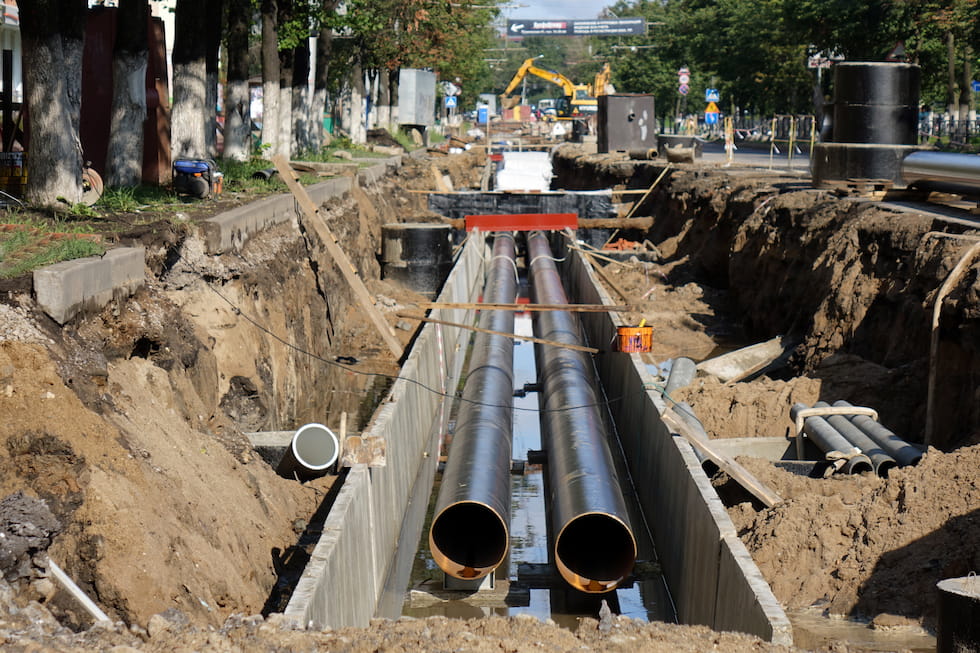
The American Society of Civil Engineers (ASCE) recently presented its report called Failure to Act: Economic Impacts of Status Quo Investment Across Infrastructure Systems. The report showed the effects of what could happen with no investment in aging infrastructure.
Over the last two years, the ASCE has released five Failure to Act reports, focusing on 11 infrastructure sectors. The last one, released in early 2021, hit on the economic impact of failing to act in more than one sector.
According to the report, the total documented cumulative investment gap between projected needs and likely investment in these critical major infrastructure systems is more than $2.6 trillion by 2029, and more than $5.6 trillion by 2039. The long-term effects associated with infrastructure investments, long known to be a public safety issue, has a cascading impact on our nation’s economy, impacting business productivity, gross domestic product (GDP), employment, personal income and international competitiveness.
The economy could lose $10 trillion in GDP by 2039 if this investment gap is not addressed. Other potential losses include $2.4 trillion in exports and 3 million jobs. Nearly half of those lost jobs would be in manufacturing and healthcare.
Over the next 20 years, America’s overdue infrastructure bill will cost American families an average of $3,300 per year if this is not addressed.
Lastly, according to the report, the most important finding that is common to all analyses in this series is that infrastructure deterioration is progressive, and the economic effects will dramatically escalate over time from a business as usual approach. The good news is that much of the economic declines from worsening infrastructure, particularly those forecast from 2030-2039, can be prevented with thoughtful investment programs that address documented deficiencies.
Later this year, the ASCE will release its report card on American infrastructure. This happens every four years. In 2017, the grade was a D-plus on the A to F scale.

